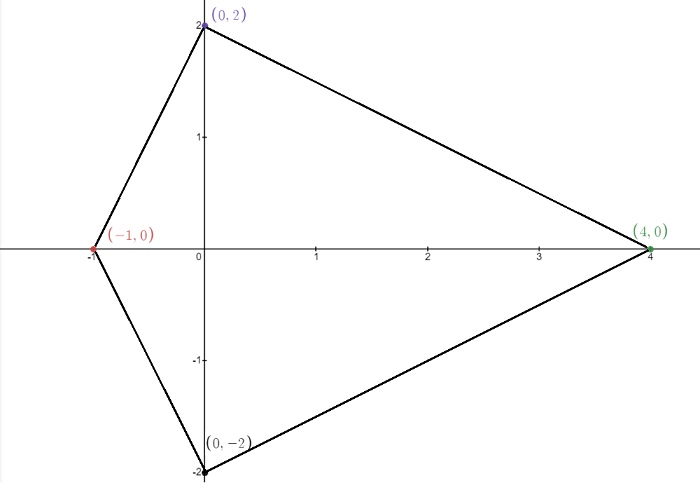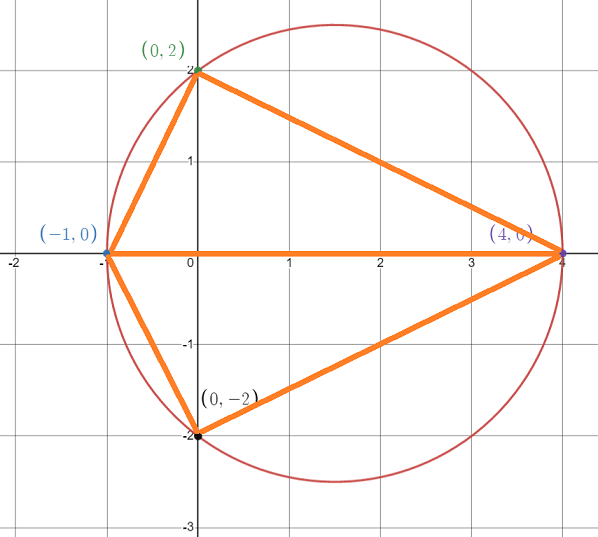Events & Promotions
|
|

GMAT Club Daily Prep
Thank you for using the timer - this advanced tool can estimate your performance and suggest more practice questions. We have subscribed you to Daily Prep Questions via email.
Customized
for You
Track
Your Progress
Practice
Pays
Not interested in getting valuable practice questions and articles delivered to your email? No problem, unsubscribe here.
- Nov 20
07:30 AM PST
-08:30 AM PST
Learn what truly sets the UC Riverside MBA apart and how it helps in your professional growth - Nov 20
01:30 PM EST
-02:30 PM IST
Learn how Kamakshi achieved a GMAT 675 with an impressive 96th %ile in Data Insights. Discover the unique methods and exam strategies that helped her excel in DI along with other sections for a balanced and high score. - Nov 19
12:30 PM EST
-01:30 PM EST
Learn how Keshav, a Chartered Accountant, scored an impressive 705 on GMAT in just 30 days with GMATWhiz's expert guidance. In this video, he shares preparation tips and strategies that worked for him, including the mock, time management, and more - Nov 22
11:00 AM IST
-01:00 PM IST
Do RC/MSR passages scare you? e-GMAT is conducting a masterclass to help you learn – Learn effective reading strategies Tackle difficult RC & MSR with confidence Excel in timed test environment - Nov 23
11:00 AM IST
-01:00 PM IST
Attend this free GMAT Algebra Webinar and learn how to master the most challenging Inequalities and Absolute Value problems with ease. - Nov 24
07:00 PM PST
-08:00 PM PST
Full-length FE mock with insightful analytics, weakness diagnosis, and video explanations! - Nov 25
10:00 AM EST
-11:00 AM EST
Prefer video-based learning? The Target Test Prep OnDemand course is a one-of-a-kind video masterclass featuring 400 hours of lecture-style teaching by Scott Woodbury-Stewart, founder of Target Test Prep and one of the most accomplished GMAT instructors.
B
Be sure to select an answer first to save it in the Error Log before revealing the correct answer (OA)!
Difficulty:
 95%
(hard)
95%
(hard)
Question Stats:
44% (02:05) correct 56%
(02:09)
wrong
56%
(02:09)
wrong  based on 885
sessions
based on 885
sessions
History
Date
Time
Result
Not Attempted Yet
If vertices of a triangle have coordinates (-1,0), (4,0), and (0,A), is the area of the triangle greater than 15 ?
(1) A < 3
(2) The triangle is right

(1) A < 3
(2) The triangle is right
Hello friends, I solved this problem but I have a doubt. if we know that triangle is right triangle and hypotenus is 5, can we always safely assume other two sides as 3, 4 without knowing whether other sides are integer or not.
Please help me i have my test 4 days away. Thanks.
Please help me i have my test 4 days away. Thanks.
Experience GMAT Club Test Questions
Yes, you've landed on a GMAT Club Tests question
Craving more? Unlock our full suite of GMAT Club Tests here
Want to experience more? Get a taste of our tests with our free trial today
Rise to the challenge with GMAT Club Tests. Happy practicing!

Kudos
Bookmarks
gmat620
First of all right triangle with hypotenuse 5, doesn't mean that we have (3, 4, 5) right triangle. If we are told that values of all sides are integers, then yes: the only integer solution for right triangle with hypotenuse 5 would be (3, 4, 5).
To check this: consider the right triangle with hypotenuse 5 inscribed in circle. We know that a right triangle inscribed in a circle must have its hypotenuse as the diameter of the circle. The reverse is also true: if the diameter of the circle is also the triangle’s hypotenuse, then that triangle is a right triangle.
So ANY point on circumference of a circle with diameter \(5\) would make the right triangle with diameter. Not necessarily sides to be \(3\) and \(4\). For example we can have isosceles right triangle, which would be 45-45-90: and the sides would be \(\frac{5}{\sqrt{2}}\). OR if we have 30-60-90 triangle and hypotenuse is \(5\), sides would be \(2.5\) and \(2.5*\sqrt{3}\). Of course there could be many other combinations.
Back to the original question:
Approach 1:
If the vertices of a triangle have coordinates \((-1, 0)\), \((4, 0)\), and \((0, A)\), is the area of the triangle greater than 15?
(1) \(A \lt 3\)
Statement (1) alone is insufficient. If \(A\) is close to 0, the area of the triangle is small, but if \(A\) is a large negative number (for example, \(A = -1000\)), the area of the triangle is large.
(2) The triangle is a right triangle
Statement (2) alone is sufficient. Only the angle at vertex \((0, A)\) can be a right angle. As \(|A|\) increases, the value of the angle decreases. At some point, the angle becomes equal to 90 degrees, and we can snapshot the triangle at this moment. After that, we can find the area of the triangle and answer the question. Please see the image below.

Approach 2:
If the vertices of a triangle have coordinates \((-1, 0)\), \((4, 0)\), and \((0, A)\), is the area of the triangle greater than 15?
(1) \(A \lt 3\)
Two vertices lie on the x-axis, and the third vertex is on the y-axis, below the point (0, 3). The third vertex could be at (0, 1), resulting in an area less than 15, OR the third vertex could be at (0, -100), resulting in an area greater than 15. Therefore, this statement alone is not sufficient.
(2) The triangle is a right triangle
It is evident that the third vertex, which is located on the y-axis, forms a right angle. Consequently, the hypotenuse, which is on the x-axis, measures 5 units. We can consider this hypotenuse as the diameter of a circle as shown below:

Any point on the circumference of that circle will create a right angle with the diameter/hypotenuse. This is because a right triangle inscribed in a circle must have its hypotenuse as the diameter of the circle. Conversely, if the diameter of the circle is also the triangle's hypotenuse, then that triangle is a right triangle.
Since we know that the third vertex is on the y-axis, it must be one of the two intersection points of the circle with the y-axis. Thus, we obtain two symmetrical triangles with equal areas. Both of these triangles are fixed and defined, allowing us to determine whether their area is greater than 15 without calculating the exact value. Therefore, this statement alone is sufficient.
If we wish to understand how the area can be calculated with the help of statement 2, here is an explanation:
One approach is to use the equation of a circle: \((x - a)^2 + (y - b)^2 = r^2\), where \((a, b)\) represents the center and \(r\) represents the radius.
In this case, we know that \(r = 2.5\) because the hypotenuse measures 5 units. The center of the circle, denoted by \((a, b)\), lies on the x-axis at the point \((1.5, 0)\), which is halfway between (-1, 0) and (4, 0).
To find the intersection points of the circle with the y-axis, we need to determine the y-coordinate \(y\) when \(x = 0\). Substituting these values into the equation of the circle, we have:
\((0 - 1.5)^2 + (y - 0)^2 = 2.5^2\).
Simplifying, we get \(y^2 = 4\), which yields two possible values for \(y\): \(y = 2\) and \(y = -2\). Consequently, the third vertex can be located at either (0, 2) or (0, -2). In either case, the area can be calculated using the formula \(Area = \frac{1}{2}*\text{base }*\text{height}\). Plugging in the values, we have \(Area = \frac{1}{2}*5*2 = 5\).
Therefore, the area of the triangle is 5, which is less than 15.
Answer: B
Kudos
Bookmarks
I appreciate the below solution but to solve in this lengthy method will need GMAC to provide 150 mins for Q instead of 75 mins
The concept to note here is product of slopes of 2 perpendicular lines = -1
Since the triangle can only be right angle at 0,A , then - A/4*A/1 = -1
Solve for A and then find out the max possible area of the triangle
(B) is the answer
If you like my method , kindly provide comment
The concept to note here is product of slopes of 2 perpendicular lines = -1
Since the triangle can only be right angle at 0,A , then - A/4*A/1 = -1
Solve for A and then find out the max possible area of the triangle
(B) is the answer
If you like my method , kindly provide comment













